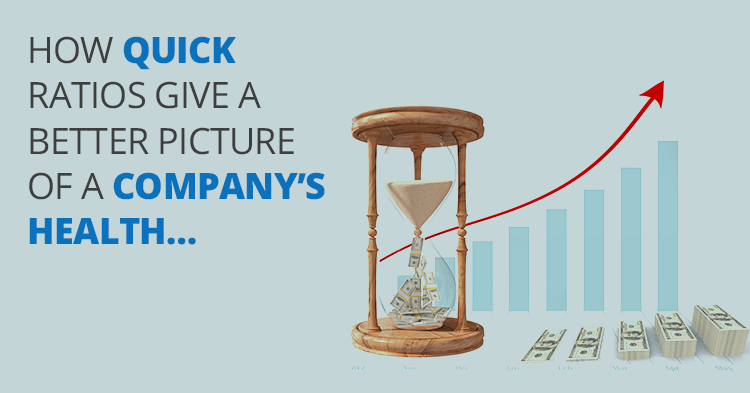
Working capital management in a company is all about a trade off between the current assets and current liabilities of the business. Typically, current assets and current liabilities get created in the normal course of operations. Let us understand the dynamics with an illustration. A steel manufacturer, Special Steels Ltd, buys raw ore and then converts them into steel. To ensure smooth production, it will have to maintain an inventory of raw material, which will show up in current assets. When the steel is sold, there will be a credit period given to your customers. Till the time they pay, these will show up as debtors (bills receivable) in your current assets. Finally, when you receive the cash and hold the cash in the form of liquid funds, it will again show up in your current assets. How do current liabilities get created? When you purchase ore from the supplier, you do not pay them immediately because you would have bargained for a credit period. Till then, it will show up in current liabilities as creditors (bills payable). Similarly, at times you are required to borrow money for short term to pay for inventories. That will show up as short term loans in current liabilities. Any taxes or rents that are payable in the next 1 year will also show up as current liabilities.
Effectively, current assets are the short term trade asset like cash, marketable securities, debtors and inventories. On the other hand, current liabilities are in the form of bills payable, short term loans etc. A stable company is one where the current assets are able to fund the current liability payouts. In fact, that is the ideal situation. It does not make business sense to rely on longer term assets and investments to repay your short term liabilities. That creates a mismatch. There are two ways to test this comfort level. You can either look at the Current Ratio as under:
Current Ratio = Current Assets / Current Liabilities
Alternatively, you can also look at it as the net working capital as under:
Net Working Capital = Current Assets – Current Liabilities
A Current ratio of more than 1 signals that the company is in a comfortable situation to handle its current liabilities with the help of its current assets. A positive net working capital has a similar interpretation. But that is a problem with this definition. The bills payables, short term loans and your taxes are all commitments which you need to honour. That assumes that all your current assets are liquid enough and can be toggled between current assets and cash. And that is where the problem arises in reality.
Remember, not all current assets are liquid in the strict sense. Cash balances in the bank and liquid mutual funds can be easily liquidated at very short notice. In case of bills receivables, you can push your customers to pay up on time or at least advance pay some money at a discount. That is the flexibility that you have at hand. The real challenge is with respect to inventories. In the case of Speciality Steels Ltd, it would hold inventories of raw materials (ore) and of finished products (steel ingots). Typically, any company holds an inventory of raw materials and finished goods. These inventories are useful evening out the production and sales cycles. But these inventories are business specific and are often illiquid. The answer lies in the Quick Ratio!
Quick Ratio = (Cash + Marketable Securities + Debtors) / Current Liabilities
In other words, the quick ratio can also be rewritten as…
Quick Ratio = (Current Assets – Inventories) / Current Liabilities
Quick ratio is also known as the Acid Test Ratio and is an indicator of how quickly the company is in a position to liquidate its current assets and repay all its current liabilities.
A high quick ratio indicates that the company is adequately liquid to take care of its current liabilities. So there are no operational solvency issues. But there is another side to it. Just as a low quick ratio is not a good sign, similarly a high quick ratio is also not a very good sign. Let us understand why! If the quick ratio is high because of too much cash and near-cash then it is inefficient use of resources. Cash and near-cash do not generate returns and can be put to more productive use in the business. High quick ratio could also mean that the debtor levels are too high and your recovery team is just too lax in collections. That is not a healthy sign. A high quick ratio could also hint at sub-optimal business proposition. Probably, the company has taken on current liabilities less than they can afford. That means; the company can afford to give more liberal credit terms to improve sales. That is a key input for the sales and marketing teams.
We're Live on WhatsApp! Join our channel for market insights & updates
Enjoy ₹0 Account Opening Charges
Join our 2 Cr+ happy customers